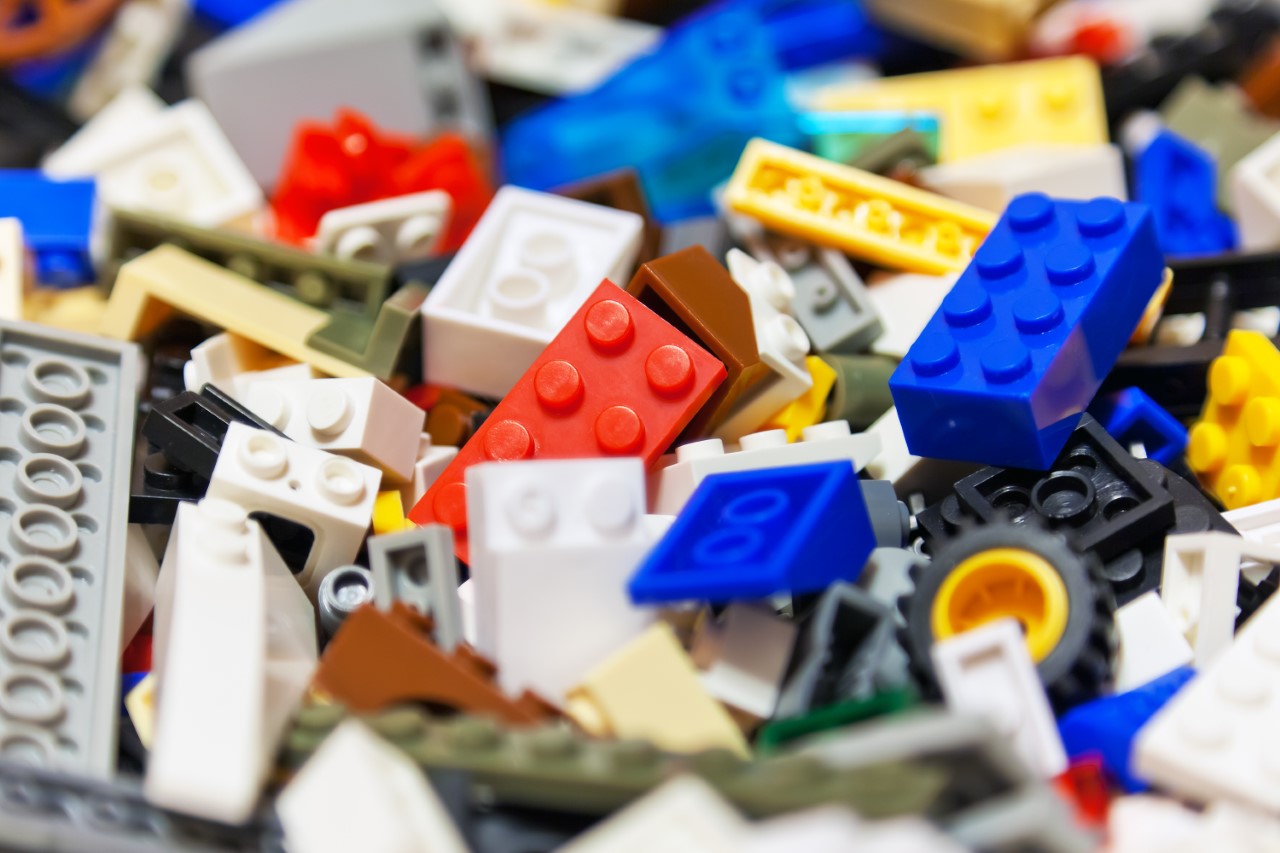The Lego Model of Branding

Understanding the intersection of brand and culture is the subject of seemingly endless dissertations. Volumes have been written trying to understand the role and importance of brand. Ironically, few of these works have resulted in better brand work. But the clues on how to do better brand work and better understand branding itself might lie in a simple box of Legos.
There is a lot to admire in the Lego brand story. As recently as 2003, the company was in decline. Fast-forward to today and now Lego is among the most notable brands in the world. Of course, the Lego commitment to innovation is almost unparalleled. Armed with its dedication to product variation, extensive research, and large marketing budgets, Lego is poised to stay on top.
The most poignant lessons remain, however, not in the company but the single box of a Lego set. The same process needed to put together a 7000+ Lego piece Millennium Falcon is the same process required to build a meaningful brand.
When you open a Lego set, you're struck by the seemingly endless mass of pieces arrayed in various shapes and colors. At this initial stage, it is challenging to picture that such a jumble will, eventually, form the picture on the box. Successfully assembling a Lego set requires adhering to a system, which is what makes it such a compelling analogy for brand work. Brand building is not inherently complicated, but it is complex.
Complex systems have several properties but, most importantly, it consists of many components interacting with each other and the external environment. A complex system is different from a complicated one. A complicated system can be simplified. In basic terms, a 15-step process can be cut to a 10-step process and the end product would be the same.
The distinction between complex and complicated is at the foundation of understanding brand work. The elements of branding are not separable, as complex systems can't be broken down into the sum of their parts. Breaking down complex systems ensures they will cease to be complete in either form or function, or often both.
Reducing a Lego set to the sum of its parts means it does not become the picture on the box. It would be best if you separated the pieces at the beginning to organize your work, but once you begin building, the goal is to lean into the complexity. Effective branding is a complex process and possesses the same qualities.
To understand the importance of branding there has to be an acknowledgement of the role of culture. I define culture as the shared world of ideas and values that connect us and are manifested through people, places, and formal and informal networks. On that basis, brands exist in the environments created and defined by culture. Or, put another way, culture is the water that brands swim in, whether they are aware of it or not. Lego recognized that the water they were swimming in was based in creativity. They knew their audience was longing for creativity and ready to embrace the inherent complexity of the new Lego sets coming down the line.
Complexity and shortcut thinking don't mix and it can be especially harmful when it comes to branding. Brands contain technical, emotional, and psychological components that are dependent on one another and must effectively interact to make the whole. Fitting those pieces together takes you on a brand journey that will give you a complete model at the end.
Technical – Aspects of branding are represented in the methodology applied at the beginning of the brand process. Brand identity and vision, market and user research, and visual representation/brand book are just a few examples of the groundwork that begins your brand process. When laying this groundwork, also ask, "What is your singular place in the culture?"
Emotional – What do you want your brand to make me, the consumer, feel? The emotional connection you project out into the world, in turn, affects the perception of your brand. This circular feedback loop between your brand and the people who use it is essential. This emotional connection should be secure and consistent. The more it is reinforced and communicated in a manner that elicits positive feelings from your audience, the stronger your position in the culture. Part of that feedback is embracing that, ultimately, people will be the final arbiters of how your brand is perceived.
Surrendering control in that "last mile" of connection between brand and audience requires pushing through the emotional barrier of fear. But brands that excel at that will win in the long run. Lego transitioned from a child-focused toy company to one that ties itself to our innate curiosity, regardless of age. Lego provides something for everyone who wants to enjoy building and, in the process, they have redefined what play means and whom it is meant for.
Psychological – What does your brand mean within the culture? Said another way, what does your brand stand for? What are the values that you are sharing with your audience? Patagonia does this with its anti-consumerism branding and its political positions on protecting the environment.
Brand meaning is an inseparable part of a brand's identity. Brands are increasingly finding themselves in a transfer of meaning via a values exchange with their audience. Meaning changes the relationship model that traditional branding has relied on so heavily. The meaning derived from a brand is no longer defined solely in the brand/consumer framework. The psychological power of meaning has created an environment of new brand archetypes, such as steward/advocate (Patagonia) or club/confidant (Soho House), to be established and flourish.
Branding, like the construction of a Lego model, is a complex exercise, requiring curiosity, focus, and attention to detail. Each brand's promise is uniquely dependent on a faithful undertaking of that process in its entirety. Failure at any step of the process will, in turn, undermine the brand itself. Brand strategists need to understand just how precious each of those bricks are when they tear open the box on their "brand Lego set."
Click the social buttons to share this story with your friends and colleagues.
The opinions and points of view expressed in this content are exclusively the views of the author and/or subject(s) and do not necessarily represent the views of MediaVillage.com/MyersBizNet, Inc. management or associated writers.


